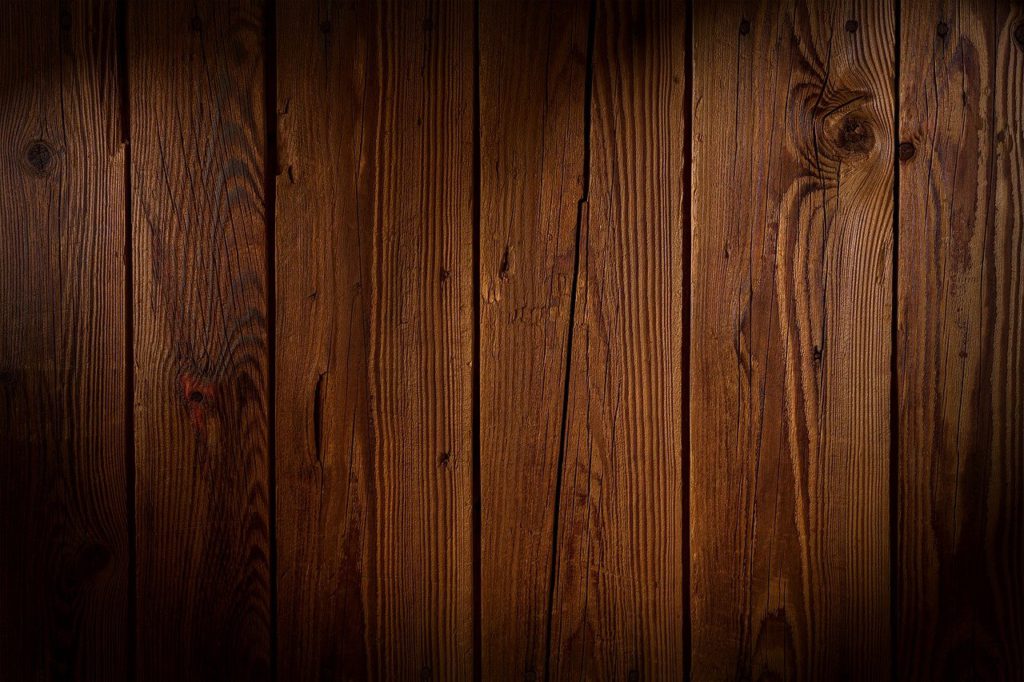Most people think of their homes as fixed assets that can’t be improved or changed. But, like a car, they can maintain a home to retain – or even increase – its value and make it last longer.
In fact, keeping your home in a fit state can have a big impact on your bottom line. For example, a home that’s been professionally painted can see an increase in its value of around $5,000, on average.
Most homeowners take good care of their homes, so good that they look like a bathroom showroom! They paint the walls, replace the roof when needed, and keep the grass cut and the sidewalks shovelled. But over time, even the best maintenance can take a toll. The weather, sun, and pests can all wreck a house, and over time, those damages add up.
One of the most important functions of real estate managers is to maintain homes. The work of keeping a home in good condition is extensive and requires the expertise of many different professionals – property management services and rental property management are just two examples.
When a home needs to be painted, real estate professionals engage tradespeople who then recommend whether they need to paint the exterior of a home and, if so, which type of paint to use.
The choice of latex or oil-based paint depends on the location and how much paint it needs to complete the job. We can see the variations in price in a quotation or estimate.
External paint is of a different composition than internal paint.
Built for durability, outdoor paint can be tricky. Obviously, if the property is badly in need of repair, it will need more paint than for simply tidying it up.
If you are doing the work yourself, you need to research and find out which paint to use. For example, a frame can last for at least 15-years painted in oil-based paint – latex would mean repainting more often.
When working with exterior paints, there are a few things to keep in mind to ensure a smooth and successful finish.
Priming is one of the most important steps you can take to prepare the surface. Make sure to use the right primer for the job, as this can make or break the end result.
Spray primers offer an easy way to seal small cracks and gaps around windows and doors, while roller or brush-on primers are better suited to larger surfaces.

It’s important to think about the conditions in which the paint is used. For instance, if you’re painting decking that is exposed to the weather, you’ll want to use paint with a longer life expectancy. This will help to reduce the risk of water damage and deterioration. You should also consider the climate more carefully when deciding on how to protect something like fencing.
There are a variety of exterior paint options available, each with its own advantages and disadvantages. Some are formulated for specific purposes, such as protecting a home from the sun, a painted deck from rain, or maintaining the tone of colour, while they design others for specific types of surfaces, such as wood or metal.
Then there are tar, or bitumen-based products, like creosote, which is used for external fencing and woodwork – normally the kind of thing that surrounds the property rather than the exterior of the house itself.
They make most exterior house paints of either acrylic or oil-based paint. Acrylic paints are water-based and are ideal for indoor use as well, while oil-based paints are designed for specific use on outdoor surfaces and are typically more expensive.
The way that you are going to apply the paint is also important. Canned or in plastic buckets, roll-on, brush-on, and spray are the options you can go for.
Canned paint is the most common type used for exterior projects because it is easy to use and self-contained. It comes in various colours and is easy to apply. It is also the least expensive option compared to others.
Each paint type comes with its own pros and cons. The type you choose will likely be determined by your budget, your preference and the condition of your home.
Before touching the paint, though, you may need to prepare the surface of the wood. This is especially true if it has rotted or been subject to any damage. There may be areas that need filling or bulking out before we skim them with a filler.
Wood fillers come in a variety of forms, such as powders, liquids, and pastes. You can also find wood fillers in spray form.
Wood fillers are also a common ingredient in the paints themselves. They are used to add weight and support to the paint’s finish, so it stands up to the elements better, and to change the colour of the paint so that it better matches the colour of the wood.
The material is applied to holes, cracks, and fine scratches on the surface of the wood to bring it back to its original state. The best way to use it is to apply multiple layers, being sure to sand between each coat to ensure the material is fully absorbed into the wood.
Painting the exterior of any house can be a real challenge because of the weather. Paint can only really be well applied above 10°C and below 40 to 45°C.
This is because, at low temperatures, the paint is not able to evaporate and is difficult to dry.
At higher temperatures, the paint dries too quickly, and it’s difficult to layer properly.
Remember that lots of areas on the outside of the house that needs painting are often inaccessible without ladders or scaffolding. This will add extra costs to the job if you’re using professionals – and you will need to take proper safety precautions if you are doing the job yourself.
Nothing looks as good as a freshly painted house, and it is always surprising what a difference it makes to the whole neighbourhood if everyone takes care of their properties and keeps them in an excellent state of repair.

